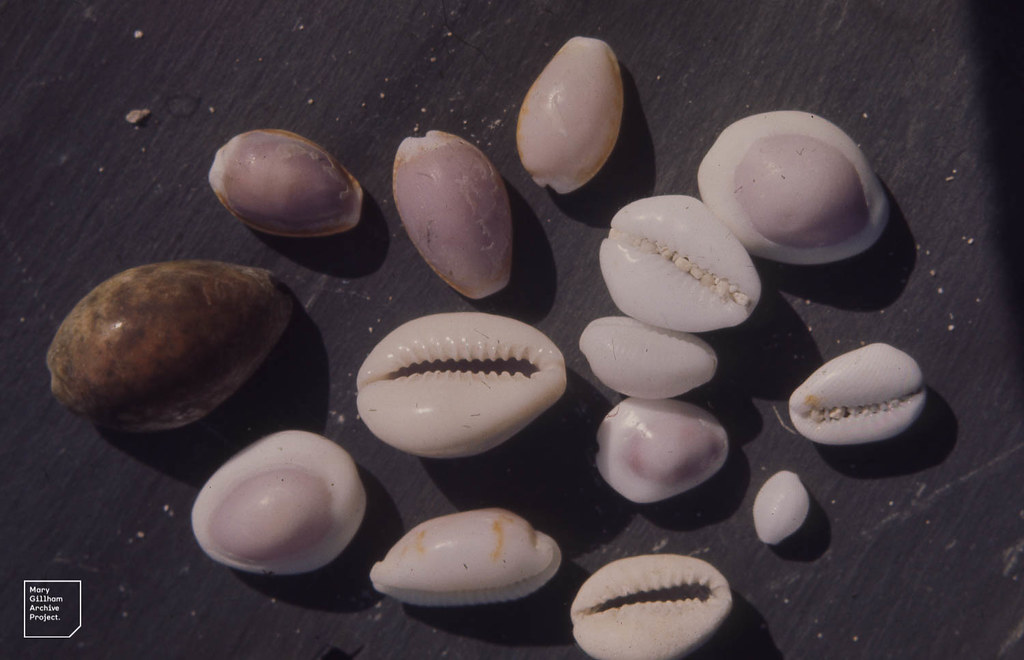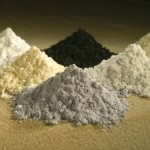Nestled amidst the lush hills and verdant valleys of northeastern India lies Meghalaya, a state renowned for its rich cultural tapestry and diverse tribal communities. Among these communities, the Khasis stand out for their unique traditions and unwavering commitment to preserving their cultural heritage. One such tradition is the use of a distinctive currency called "Ka Ri Tynrap," which plays a significant role in maintaining their cultural identity and social cohesion.
A Symbol of Khasi Identity
Ka Ri Tynrap, also known as "cowrie shells," are natural seashells that have served as a form of currency among the Khasi people for centuries. These shells, with their smooth, pearly texture and intricate markings, hold deep cultural significance, representing wealth, prosperity, and social status. The Khasi tribe's association with Ka Ri Tynrap dates back to ancient times when it was used for trade and barter within the community. Over time, these shells evolved into a symbol of Khasi identity, signifying their unique cultural heritage and connection to their ancestral roots.
Promoting Social Cohesion
The use of Ka Ri Tynrap extends beyond its monetary value, playing a crucial role in strengthening social bonds as well as fostering a sense of community among the Khasi people. Traditionally, these shells were used as gifts during weddings, childbirth ceremonies, and other significant life events. The exchange of Ka Ri Tynrap served as a tangible expression of goodwill, respect, and social solidarity, reinforcing the ties that bind the Khasi community together.
Preserving Cultural Traditions
In an era of globalization and rapid cultural homogenization, the Khasi tribe's continued use of Ka Ri Tynrap stands as a testament to their commitment to preserving their cultural traditions. Despite the introduction of modern currency, the Khasi people have strived to maintain the relevance of Ka Ri Tynrap in their daily lives. These shells continue to be used in traditional rituals, ceremonies, and informal transactions, ensuring that their cultural significance remains alive and well.
A Bridge between Past and Present
The Khasi tribe's Ka Ri Tynrap currency serves as a bridge between the past and the present, connecting them to their ancestral traditions while also adapting to the evolving needs of their community. The shells, with their enduring value and cultural significance, represent the Khasi people's resilience and determination to preserve their unique identity in a rapidly changing world. As the Khasi tribe looks to the future, Ka Ri Tynrap is poised to remain an integral part of their cultural heritage, a symbol of their unwavering commitment to their ancestral traditions.








